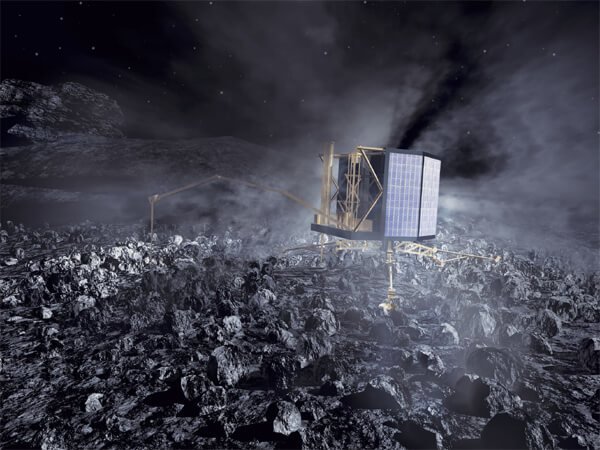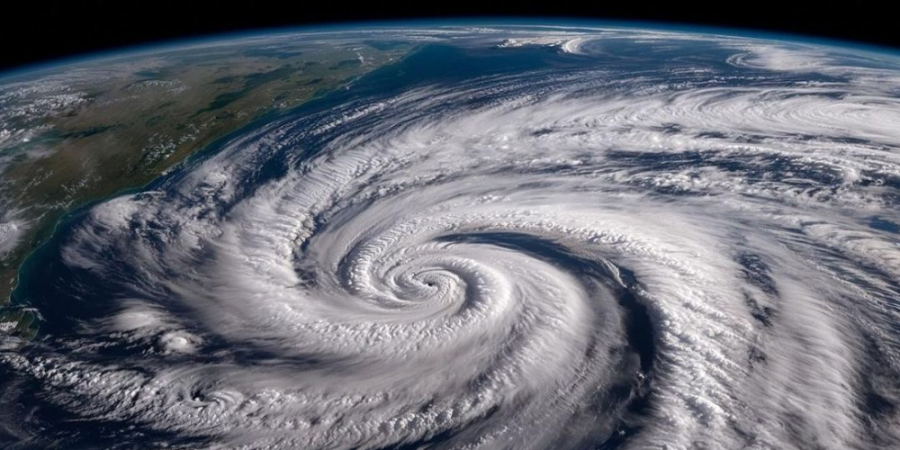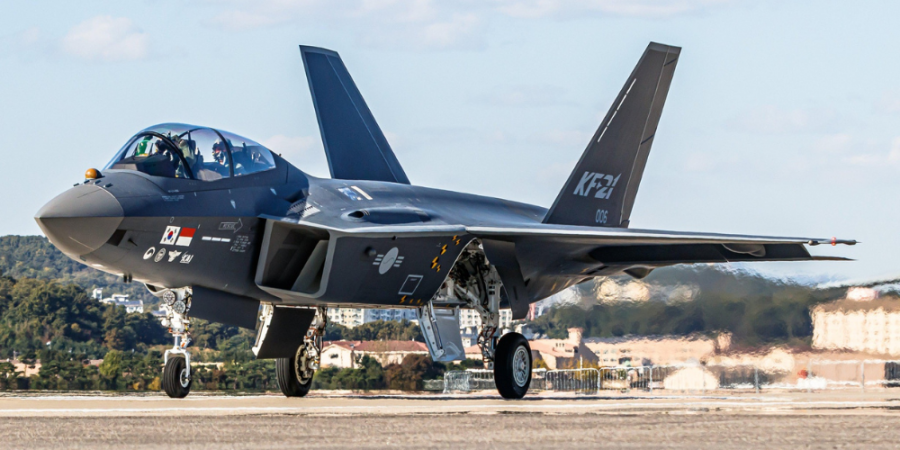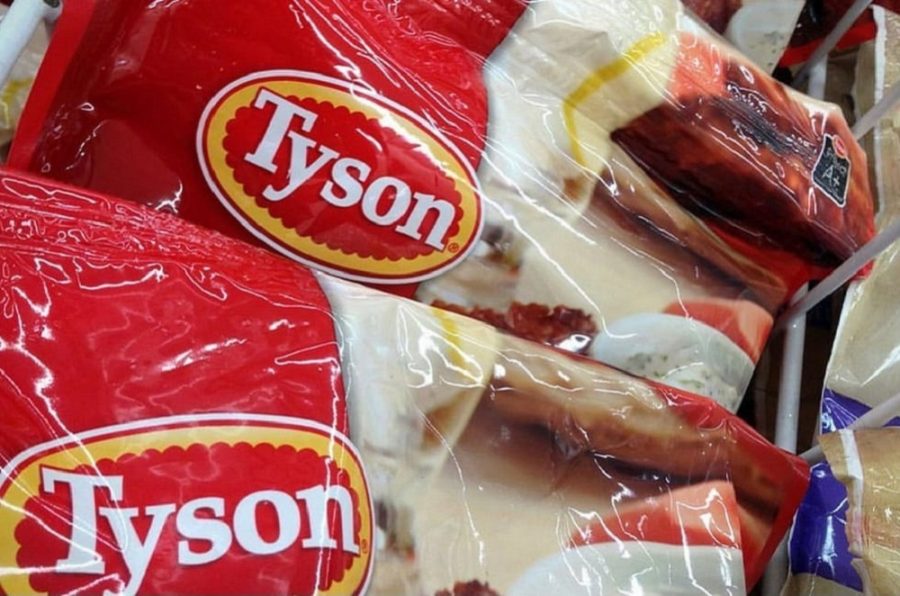Some 187 million miles away from planet Earth, a Japanese probe has managed to reach a strange asteroid after a three-year deep space voyage to unveil the truth about the origin of our solar system and beginning of human life.
Probe’s Successful Journey to Ryugu
Japan Aerospace Exploration Agency (JAXA) made an announcement of Wednesday that its Hayabusa2 probe has successfully managed to reach an asteroid named Ryugu, millions of miles away from our planet, and is now settled in an observation position only 12 miles above the asteroid.

A Japanese asteroid explorer, Hayabusa2 has successfully managed to reach an asteroid named Ryugu, 187 million miles away from planet Earth
Cheers erupted in JAXA’s headquarters in Japan as researchers watched the probe arrive at its destination after a space odyssey of nearly four years. Scientists described the miraculous feat as shooting a bullet from Japan to hit a small target halfway across the world.
Yuichi Tsuda, the head of the JAXA exploration project, celebrated the historic moment as a turning point in space science exploration which could bring us closer to finding the secrets of the universe and how life originated on Earth.
Tsuda explained to the reporters that the probe will continue on its mission for the next one and a half year during which it will attempt at least three landings on the asteroid to briefly gather samples and bring them back to Earth. Researchers are excited about the prospect of finding new clues about the solar system and origins of life – but first, the robotic explorer needs to retrieve compelling samples and successfully make its journey back home.
Expected Arrival in 2020
The mission’s success was announced just days before June 30, which was celebrated as International Asteroid Day by the United Nations to educate the masses about the threat of asteroid collision and how such incidents could be prevented in the future.
Scientists are hopeful that the samples brought back by the probe could answer more questions about the mysterious asteroid that is believed to hold large amounts of water and organic matter. Could this asteroid finally solve the mystery of how life on Earth was born?
Now that the Hayabusa2 probe has found its new home for the next one and a half years, scientists are planning out the next stage of the mission which is to finalize on suitable sites on the asteroid to gather samples.
The uneven surface of Ryugu has created a new challenge for the probe which will have to observe the asteroid for at least two months before finding a safe landing site. For each of its three landings, the robot explorer will only maintain contact with the surface for a few brief seconds. All collected samples are to be sent back to Earth through a re-entry capsule, which will arrive no earlier than 2020.
The Mission

The Japanese probe’s predecessor, Hayabusa, successfully completed its 7-year odyssey after returning with samples from a potato-shaped asteroid in 2010
Scientists are planning the first landing for either September or October this year. The project, which is expected to finish around May, will end with Hayabusa2 detonating a squat cylinder over the asteroid at high speed to make a crater in its surface.
After firing the carbon-filled cylinder at the asteroid’s surface, Hayabusa2 will hide behind it for a few weeks to shield itself from the debris created from the explosion. The explorer will then proceed to perform its final touchdown as close to the crater as possible to collect samples from deep within Ryugu’s surface.
Before completing its mission, Hayabusa2 will send three wheel-less rovers on the asteroid’s surface which will hop around conducting probes and collecting further samples. The explorer will also deploy a French/German lander with several observational devices to inspect Ryugu’s strange surface.
JAXA said that Hayabusa2, which is the size of an industrial-sized refrigerator, is in excellent shape to begin on its exciting mission over the next 18 months. The robot explorer is a new-and-improved version of the first Japanese asteroid explorer, Hayabusa, which successfully completed its 7-year odyssey in 2010 after returning with samples from a potato-shaped asteroid.
The second generation Hayabusa2 was launched in 2014 for the second asteroid exploration mission, which has cost JAXA $274 million so far. The probe has spent 1,302 days cruising through space and has covered a distance of 3.2 billion kilometers in order to reach its destination.










